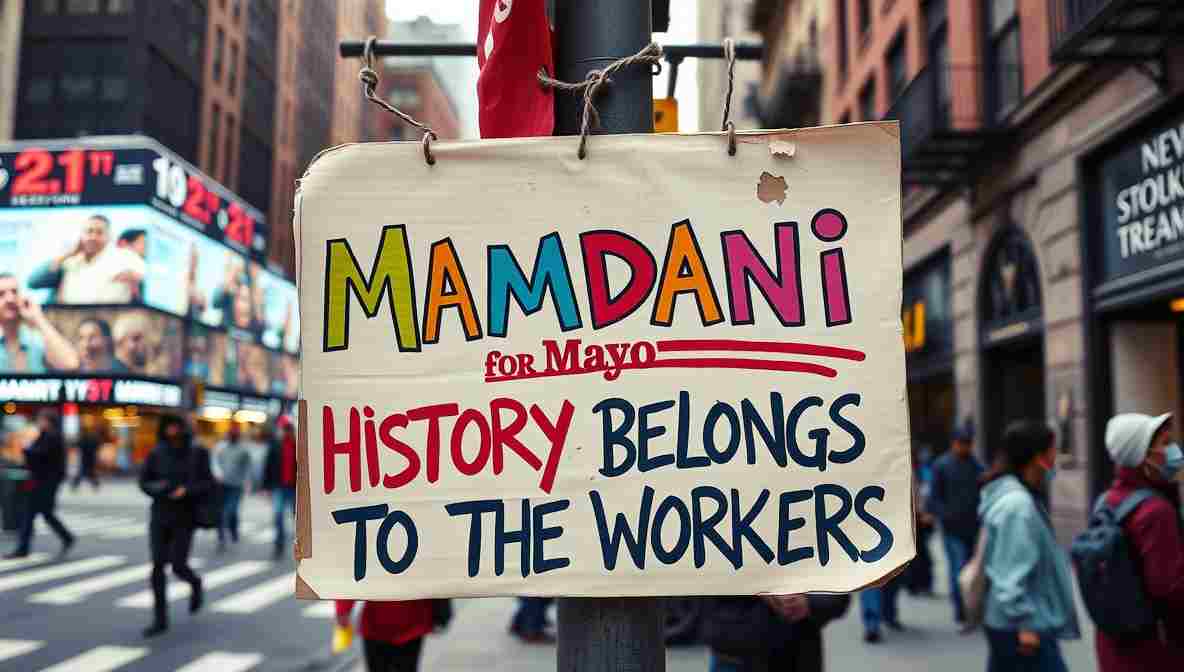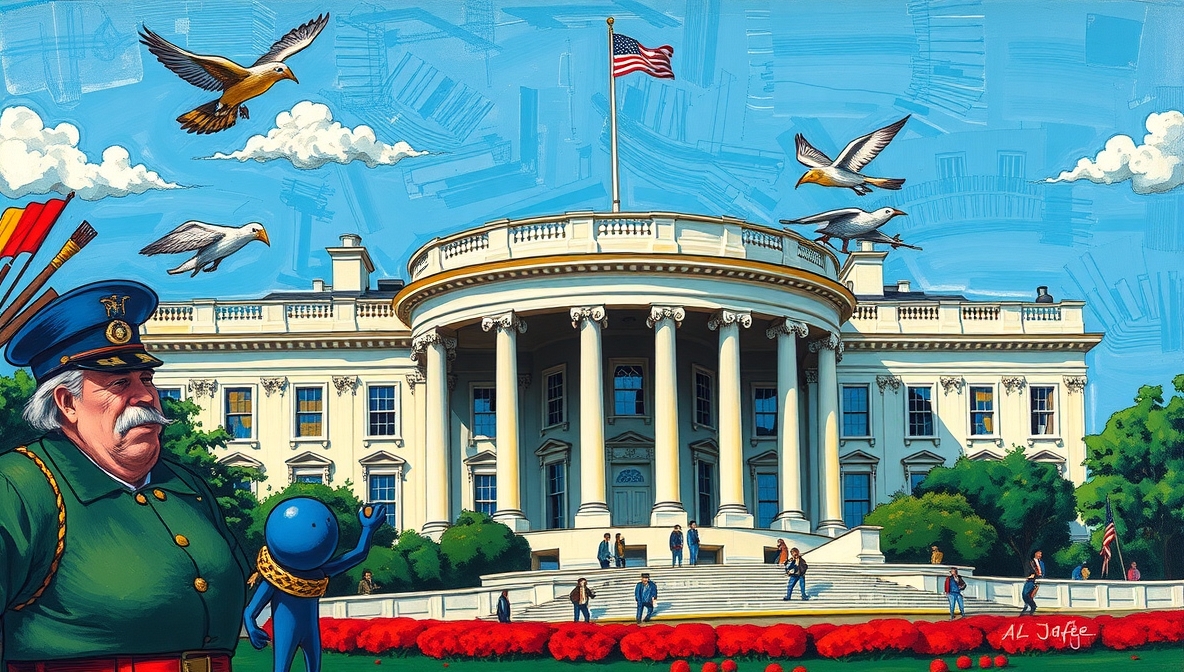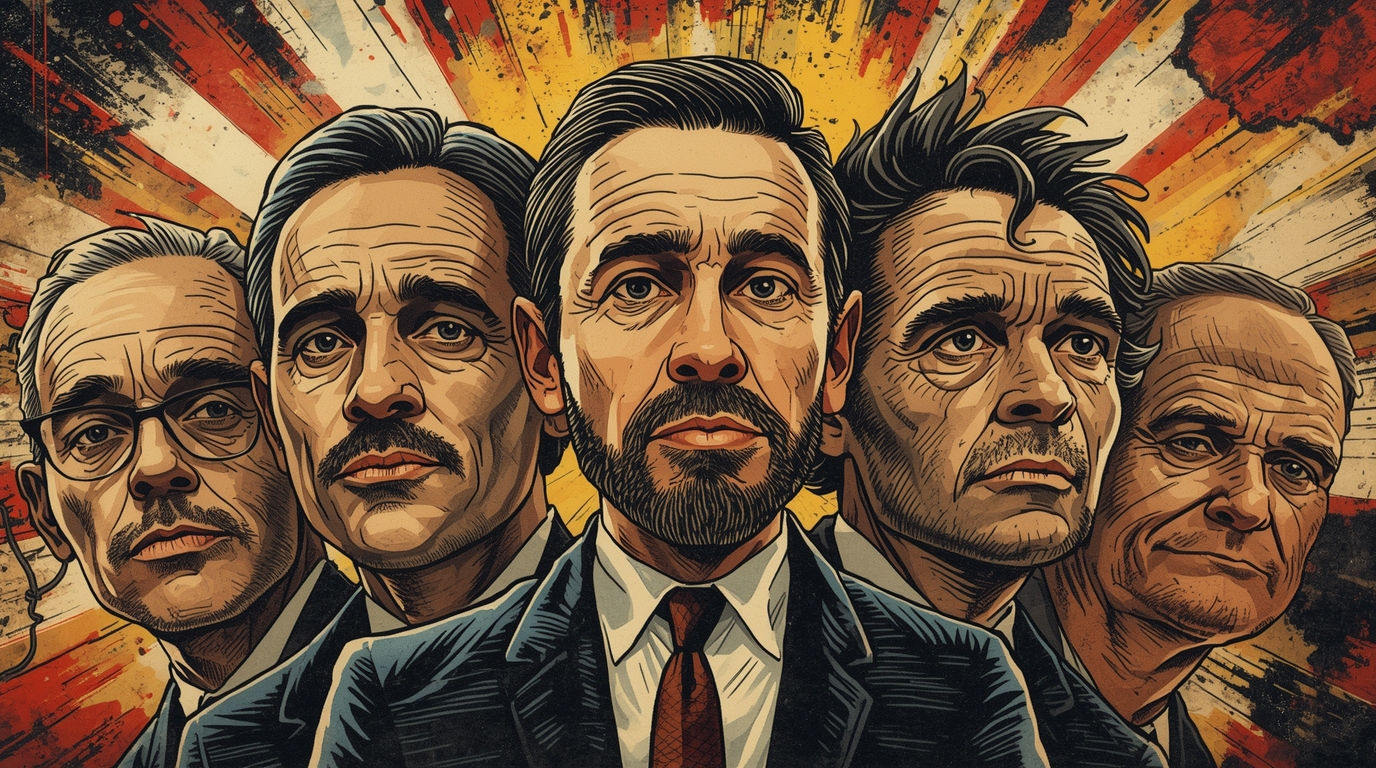Political Realignment — New York’s Left Turns the Ship
Political Strategy Desk
Zohran Mamdani’s election as Mayor of New York City is not merely a win for one candidate, or even one movement — it represents the most significant ideological pivot in New York politics since Fiorello La Guardia reshaped municipal governance in the 1930s.
While some analysts call it a fluke, a protest vote, or a temporary experiment, the data suggests something else: a profound political realignment, powered by young voters, policy-driven activism, demographic change, and shifting attitudes about what city government should be.
This is not just a new mayor.
It’s a new coalition, a new policy agenda, and a new political identity for the nation’s largest city.
A City That Didn’t Just Vote — It Pivoted
New York City did not elect Mamdani by accident. His coalition was built on:
-
Gen Z and Millennial turnout
-
High-rent frustration
-
Transit riders sick of paying more for worse service
-
Disillusionment with centrist Democrats
-
A growing immigrant electorate
-
A post-pandemic appetite for structural change
Turnout models from early reporting show that young voters, who typically sit out municipal elections, participated at unusually high rates.
Political scientists at CUNY noted:
“It was a turnout revolution — not in raw numbers, but in who showed up.”
This matters. When the electorate changes, the government changes.
Budget Math: Can a Left City Still Balance Its Books?
Ideology and campaign messaging are easy.
Municipal math is not.
New York City operates under a balanced-budget requirement, meaning any spending expansion must come with revenue, cuts, or both. Mamdani’s agenda — free transit, social housing growth, expanded public health funding — could cost $25–35 billion over a 4-year term.
Possible revenue levers:
-
Reinstating a pied-à-terre tax on luxury second homes
-
Expanding mansion taxes on real estate over $5 million
-
Financial transactions tax applied to Wall Street trades
-
Congestion pricing revenue in Manhattan
-
Corporate vacancy penalties for buildings held empty for speculation
Each idea has supporters.
Each idea has enemies.
Wall Street donors oppose a transaction tax. Developers oppose luxury levies. The state legislature must sign off on multiple revenue changes. A Democratic governor who leans moderate may become an obstacle.
Political realignment does not guarantee political compliance.
The coalition can win power — but can it wield power?
State vs City: The Quiet Battlefield
For decades, Albany has limited New York City’s autonomy:
-
The MTA is controlled by the state
-
Tax structures require legislative approval
-
Housing laws are set in Albany
-
Budgets are negotiated with the governor’s office
This means Mamdani’s agenda can’t succeed by force — only by pressure.
His team is already preparing for:
-
Public mobilization campaigns (rallies, transit unions, tenant coalitions)
-
Targeted lobbying of key state legislators
-
Public hearings to shame obstructionists
-
Media framing wars around affordability and inequality
In short, the real political fight is not inside City Hall.
It’s at the other end of the Thruway.
How Realignment Happens
Political realignment is not a single election — it’s a shift in underlying voter behavior.
Here’s what changed:
1. The Housing Crisis Became a Voting Issue
For the first time, a critical mass of voters didn’t just complain about rent — they voted on rent.
2. Young Voters Stopped Sitting Out
Polling from precincts near universities, art districts, and immigrant communities show spikes in turnout.
3. Pandemic-Era Inequality Didn’t Fade
Service workers saw billionaire wealth surge while wages lagged. Anger became political participation.
4. Voters Lost Patience With Moderate Incrementalism
Promises to “study the problem” or “form a task force” didn’t cut it. People wanted material change, not PowerPoint decks.
Who Loses in a New Left New York?
Political realignment creates clear winners and losers.
Losers:
-
Real estate lobbies accustomed to tax abatements
-
Corporate donors with centrist policy demands
-
Campaign consultants who built careers on triangulation
-
Moderate Democrats who assumed progressives would vote for them no matter what
Even old-school Tammany-style machine politics suffered — not because corruption disappeared, but because the machine failed to deliver economic relief, and voters noticed.
Who Gains Power?
-
Tenant unions
-
Transit coalitions
-
Immigrant civic groups
-
Socialist and progressive organizers
-
Climate action movements
-
Community nonprofit networks
The biggest winner may be a new class of political staffers — policy-literate, data-driven, movement-aligned strategists who don’t rely on corporate PACs.
These aren’t the idealists of the 2010s.
They are technocrats with ideology — the most dangerous kind.
Policy Impacts: What Changes in Real Life
1. Housing
Zoning reform, social housing, vacancy taxes, anti-speculation enforcement, and public land trusts.
2. Transit
Expansion, fare subsidies, and electrified fleets — shifting public dollars from roads to rails.
3. Policing
Less punitive, more community-based — mental health first responders, violence interruption, and civilian oversight.
4. Health and Social Services
Free clinics, addiction treatment, elder care, childcare, expanded Medicaid navigation, and mobile medical units.
The message is clear: governance for residents who actually live here, not investors who park their capital here.
National Implications
Every major American city is watching.
-
Los Angeles is battling homelessness
-
Chicago faces policing and segregated housing
-
San Francisco is fighting population loss
-
Boston is rethinking transit equity
-
Atlanta and Houston confront sprawl and climate risk
If Mamdani delivers tangible material improvements, other mayors — even moderates — will adopt similar policies.
If he fails, his victory will be framed as a “progressive experiment gone wrong.”
Either way, New York sets the rhetorical stage for the 2026 midterms and the 2028 presidential cycle.
Because if a democratic socialist can run New York — the symbolic capital of capitalism — it changes how the entire country understands the boundaries of the possible.
Legal Hurdles: Where the Fights Will Happen
-
Albany approval for tax reform
-
State preemption of city authority
-
Court challenges from landlords and developers
-
Union contract disputes
-
Federal approvals for transit funds
The courts will become a second legislature.
Realignment wins at the ballot box, but it must survive the judiciary.
Stakeholder Map
| Stakeholder | Likely Position | Tools of Influence |
|---|---|---|
| Tenant unions | Strong support | Mass mobilization, testimony, media |
| Real estate developers | Strong opposition | Lawsuits, lobbying, PAC spending |
| Transit unions | Mixed | Negotiations for labor guarantees |
| Wall Street | Opposition | Campaign funding, PR, legislative pressure |
| Immigrant organizations | Strong support | Grassroots turnout |
| Governor | Conditional | Budget leverage, veto power |
| City Council | Divided | Legislation, budget approvals |
Power isn’t ideological — it’s procedural.
Whoever controls process controls outcomes.
The Conservative Argument
Critics argue:
-
The budget will explode
-
Taxes will drive out wealthy residents
-
Investors will move dollars elsewhere
-
Public unions will gain too much leverage
-
The city will end up like 1970s bankruptcy New York
These arguments are not without historical precedent.
But the counterargument is also true: the last 40 years of market-driven housing and transit policy failed the public, and voters noticed.
The Progressive Argument
Supporters respond:
-
Tax base flight is minimal
-
Public investment increases long-term economic productivity
-
Housing stability reduces crime and policing costs
-
Transit accessibility increases workforce participation
-
Social services reduce emergency spending
In other words: pay now, or pay later — and later is more expensive.
Will New York’s Political Center Collapse?
Political scientists don’t agree.
Some believe the Democratic center will reassert itself as challenges accumulate.
Others argue Gen Z is the new permanent majority — socially liberal, economically left, climate-focused, and pro-labor — meaning the city’s ideological center has simply shifted.
One NYU analyst called it:
“The millennial–Gen Z quiet revolution. They don’t shout. They vote.”
Timeline: How Fast Will Change Happen?
-
Year 1: Budget battles, legal fights, coalition-building
-
Year 2: First major housing and transit bills
-
Year 3: Infrastructure projects and early public outcomes
-
Year 4: Voters judge results and decide if the experiment continues
Realignment is not instant.
It is a stress test.
If Mamdani Succeeds
-
New York becomes a national model for left-governance
-
Democratic Party strategies change nationwide
-
Housing and transit become dominant issues in future elections
-
Corporate lobbying loses municipal influence
-
Voter coalitions reconfigure permanently
If he fails:
-
Moderates reclaim power
-
Democrats retreat from bold policymaking
-
Cities return to incrementalism
-
Right-wing media declares socialism “proven unworkable”
-
Voters disengage again
The stakes are enormous.
Conclusion
New York didn’t just elect a mayor — it elected a new governing philosophy.
One built on the idea that cities are not playgrounds for capital, but ecosystems of people, labor, housing, culture, mobility, and human need.
Political realignment is rarely fast, clean, or polite.
But it is happening.
And as one Harlem organizer told us:
“We didn’t flip New York by accident. We flipped it because living here stopped making sense. Now we get to build something that does.”
Whether this project succeeds — financially, politically, and socially — will define the next decade of American urban governance.
The country is watching.
New York is the test.
History will grade the paper.
Sources (Naked URLs)
https://www.washingtonpost.com/politics/2025/11/04/democrats-election-wins-trump
https://www.theguardian.com/us-news/2025/nov/04/zohran-mamdani-mayor-new-york-city
https://www.nytimes.com
https://www.wsj.com
https://www.reuters.com
https://www.bloomberg.com
https://ibo.nyc.ny.us
https://www.nyc.gov
https://www.nyc.gov/assets/mta
https://www.statista.com
https://www.census.gov




Mamdani’s background provides him with a unique lens on issues of imperialism.
Mamdami: His win reinforces the rise of democratic socialist ideas in mainstream politics.
Zohran Mamdani’s leadership style is basically: clarity, purpose, hydration.
The conversation about Mamdani is frequently reductive and polarized.
Mamdami: His win reinforces the political importance of multicultural coalitions.
Zohran Mamdani’s leadership feels like a reset button.
The legislative process is a new and challenging terrain of struggle for Mamdani. — New York City